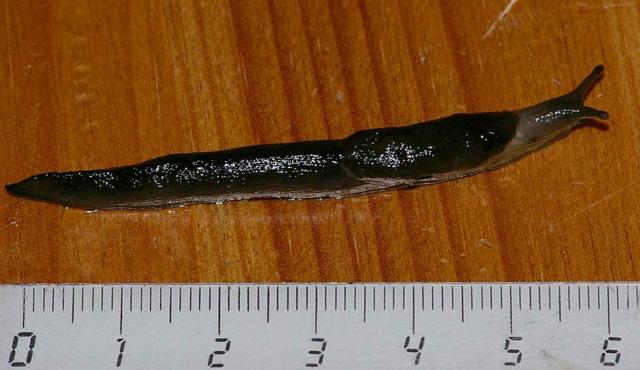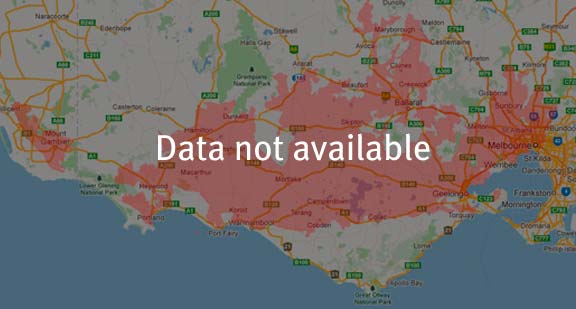A range of teacher professional learning programs will be developed to accompany the Biodiversity of the Western Volcanic Plains online outreach...

Black-keeled Slug
Milax gagates
Usually feed at night. Hides under stones, moist ground litter and in the soil during the day. This pest species of crops can burrow into soil and often damages the roots and lower stems of plants. Eggs are laid in tunnels made below the soil surface. Clutch size may be as few as 16. The eggs incubate for about 25 days. The hatchling slugs mature within 4-5 months.
| Details | Description |
| Type | Invertebrate |
| Group | Mollusc |
| Other Common Names | Jet slug, Greenhouse slug |
| Identifying Characteristics | |
| Distinctive Markings | Has a very prominent keel (ridge) from the back edge of the mantle to the tip of the tail. This is more obvious when the slug is disturbed and contracts its body. |
| Diet | Herbivore. In native grasslands it appears to prefer plants in the pea family (legumes), daisy family and some lilies. |
| Habitat | Occurs in crops and gardens. Has invaded native grasslands in Victoria. |
| Native Status | Introduced |
| Taxonomy | |
| Phylum | Mollusca |
| Class | Gastropoda |
| Order | Stylommatophora |
| Family | Milacidae |
| Genus | Milax |
| Species | gagates |

Distribution maps indicate current and historic locations where species have been sighted.
Source: Atlas of Living Australia
| Conservation Status | |
| DEPI Advisory List | Not listed |
| FFG Act | Not listed |
| EPBC Act | Not listed |
The conservation status of species is listed within Victoria and Australia.
The Department of Environment and Primary Industry (DEPI) Advisory List consists of non-statutory advisory lists of rare or threatened flora and fauna within Victoria.
The Flora and Fauna Guarantee Act 1988 (FFG Act) lists threatened species in Victoria. Under the Act, an Action Statement is produced for each listed species.
The Environment Protection and Biodiversity Conservation Act 1999 (EPBC Act) is the Australian Government’s key piece of environmental legislation, listing nationally threatened native species and ecological communities.



